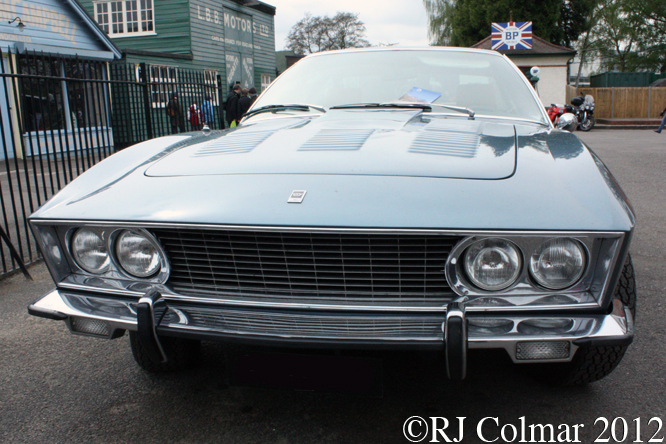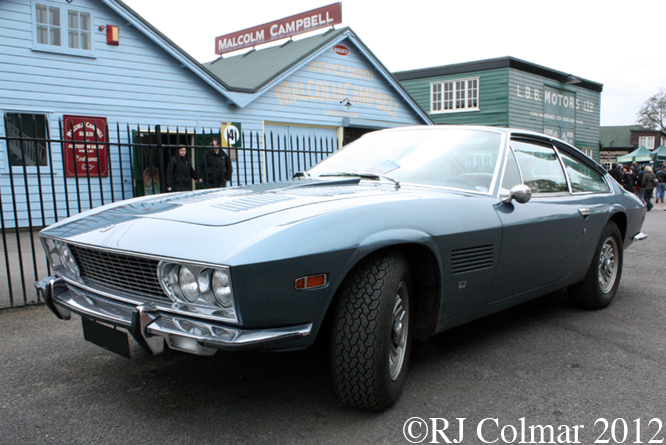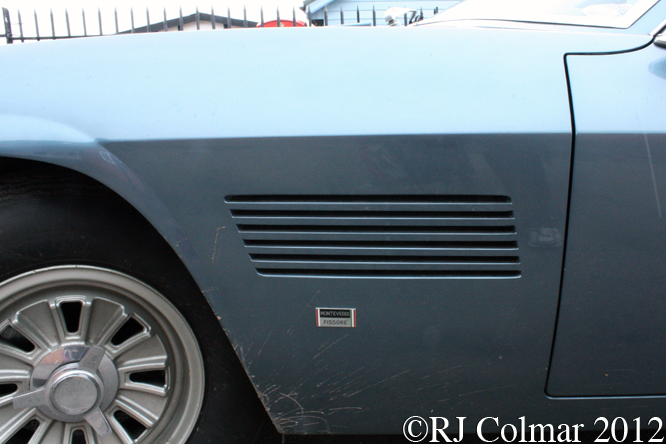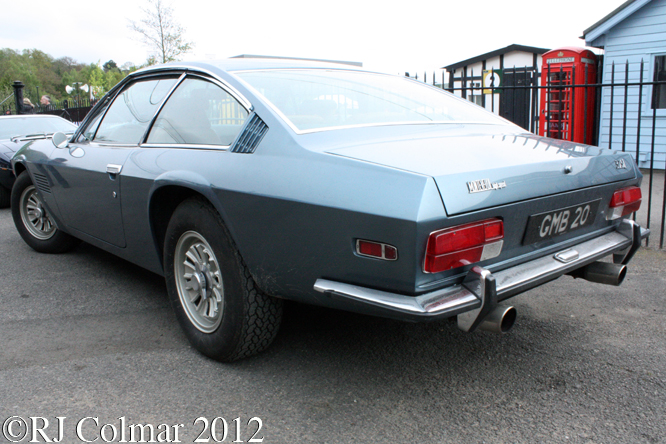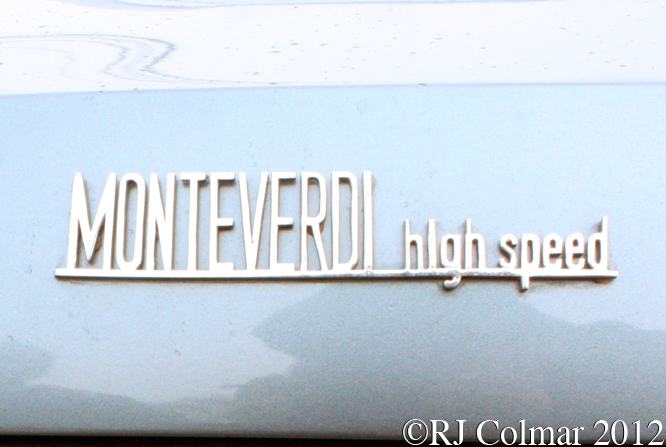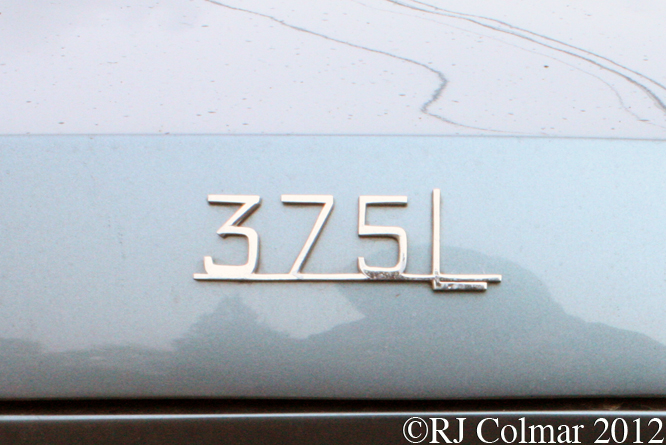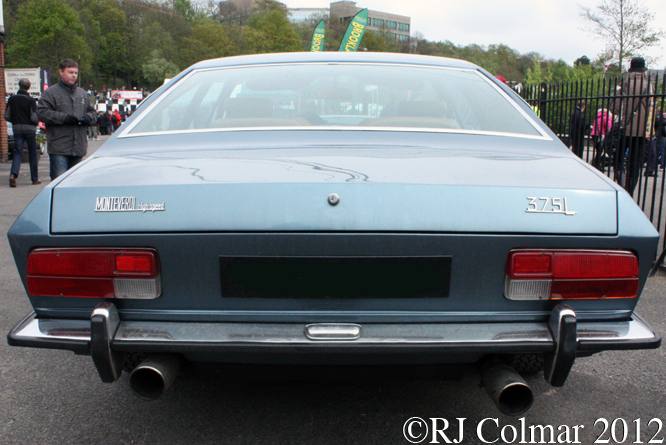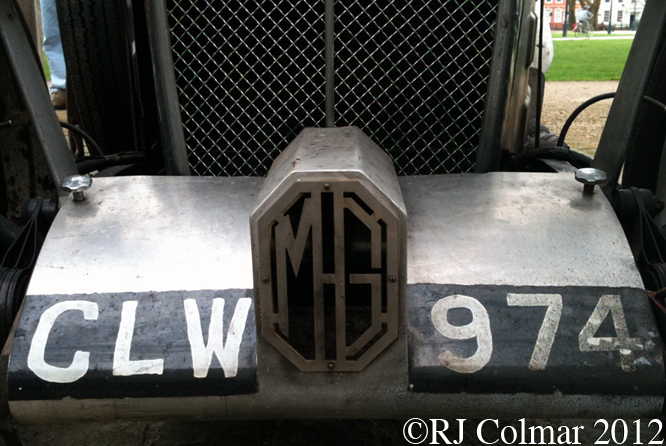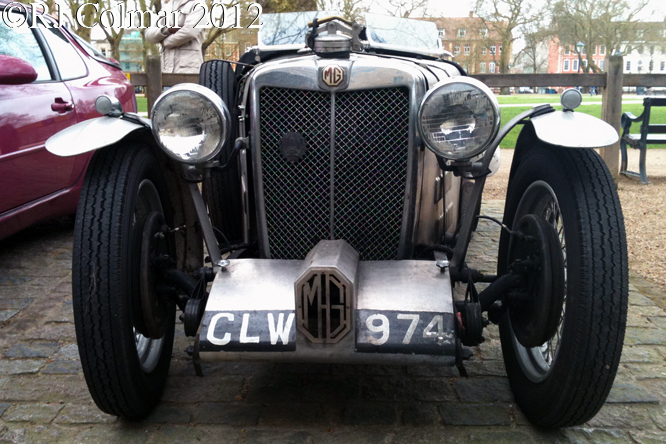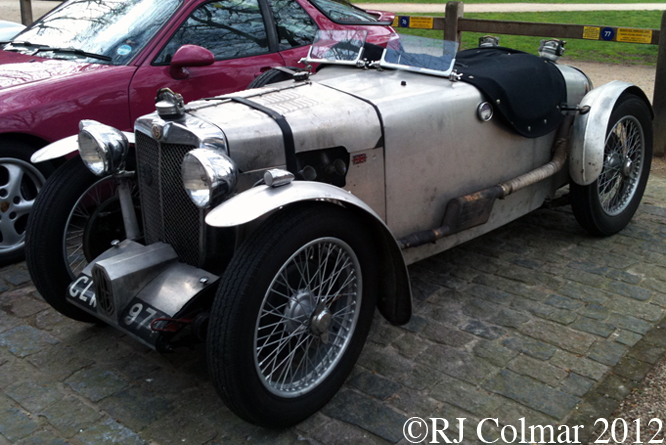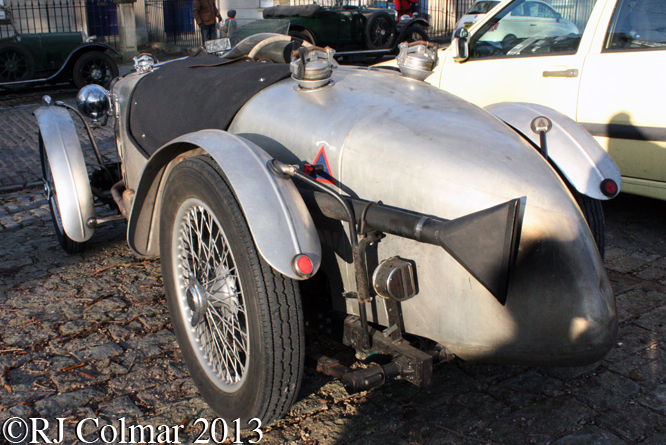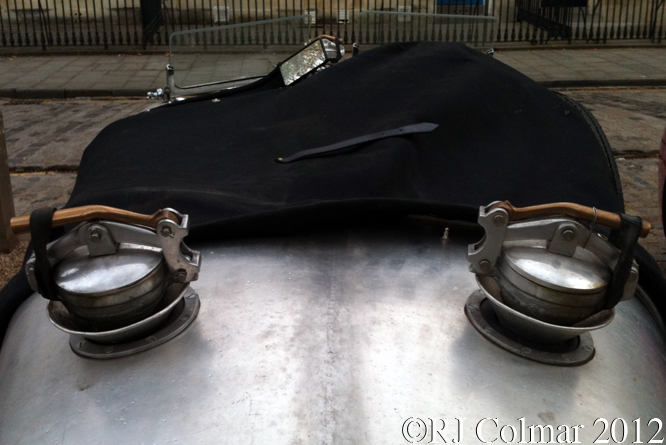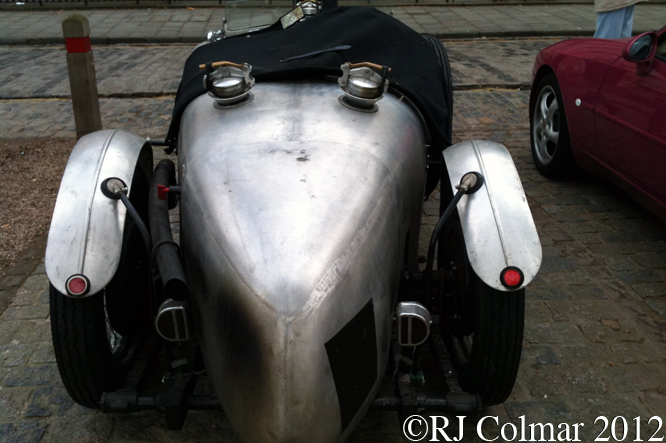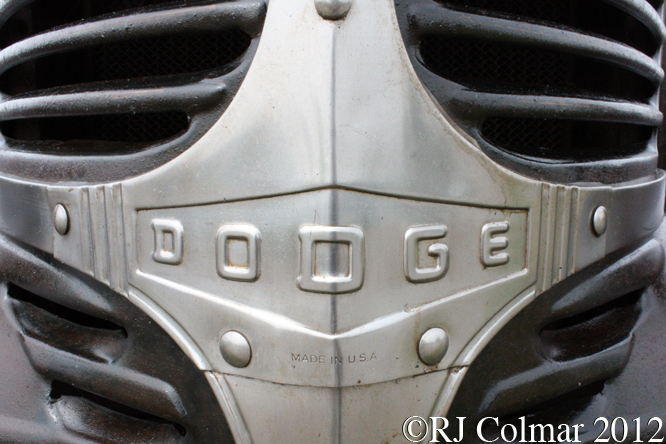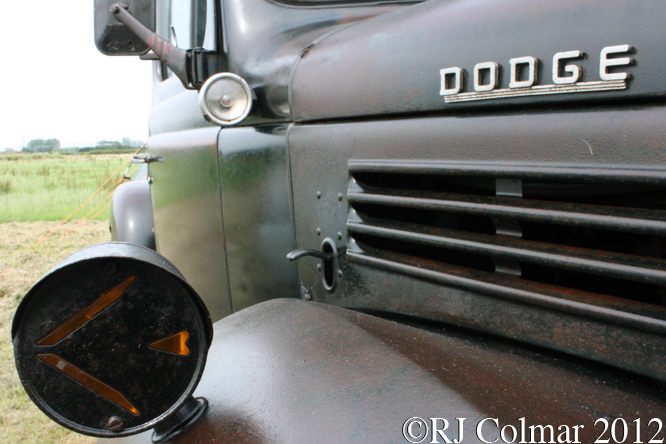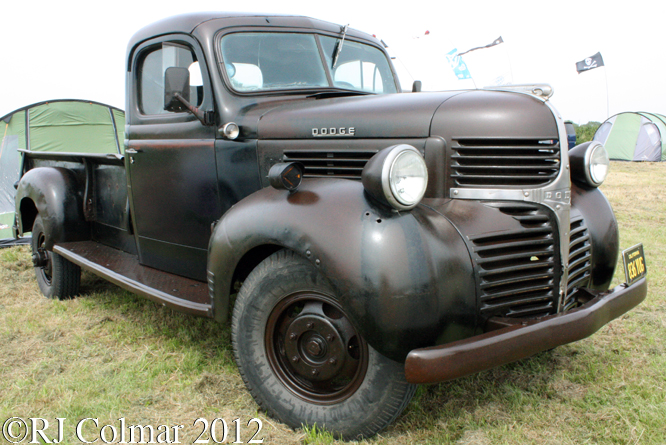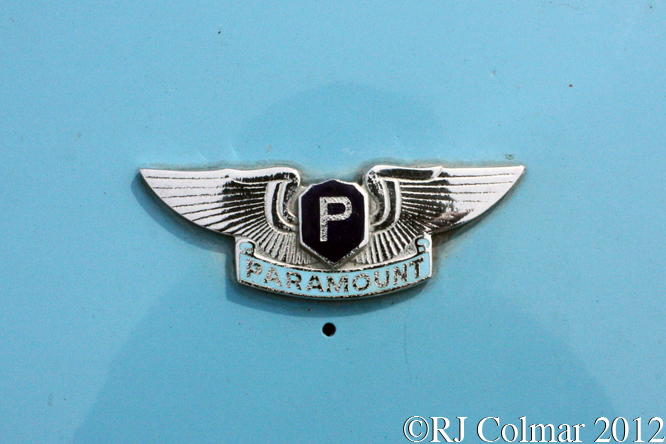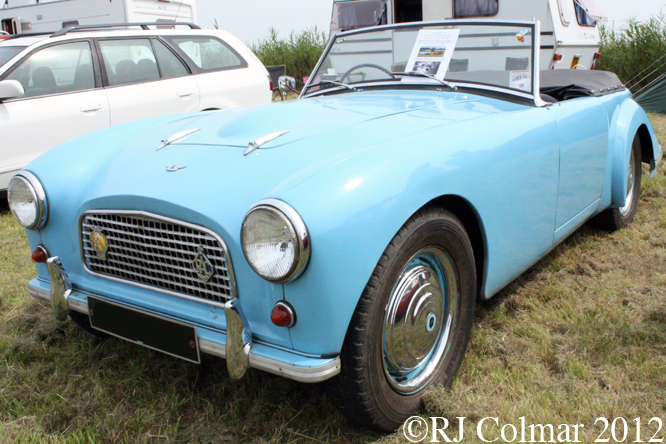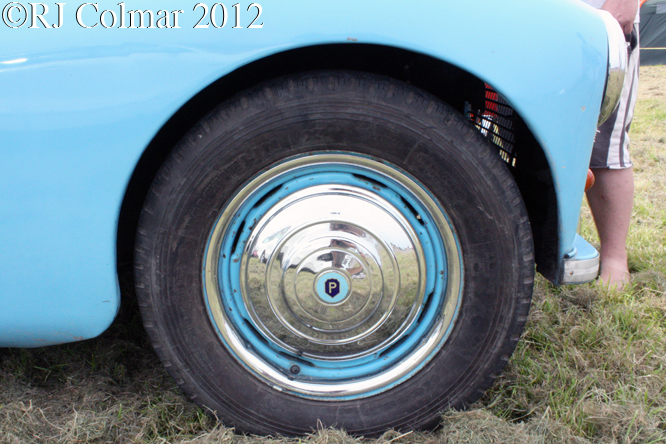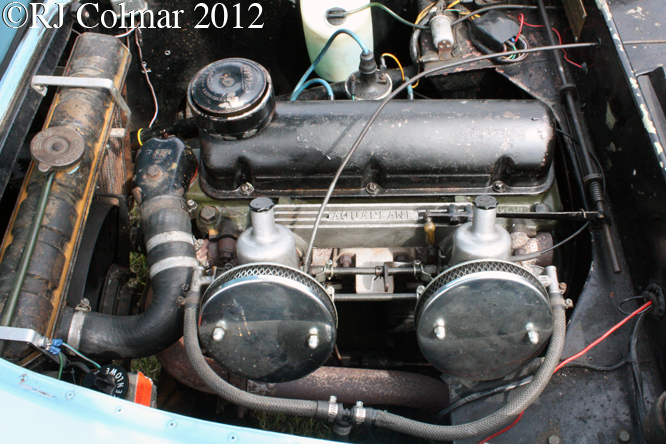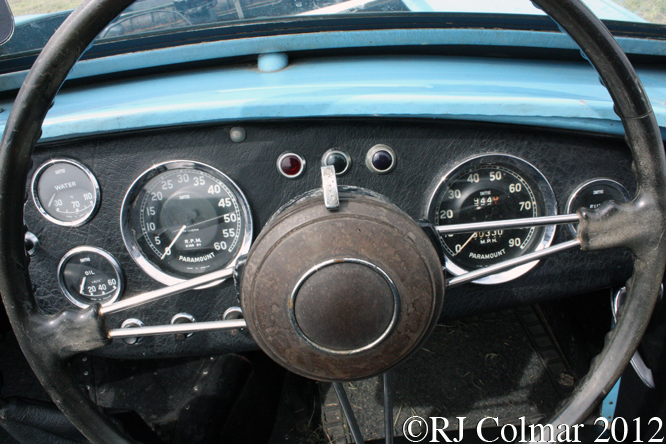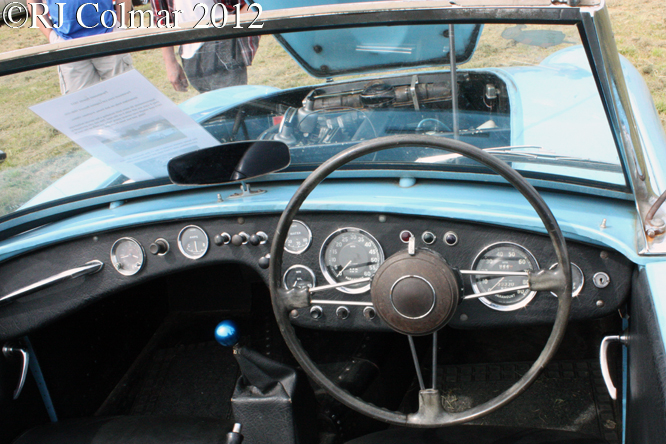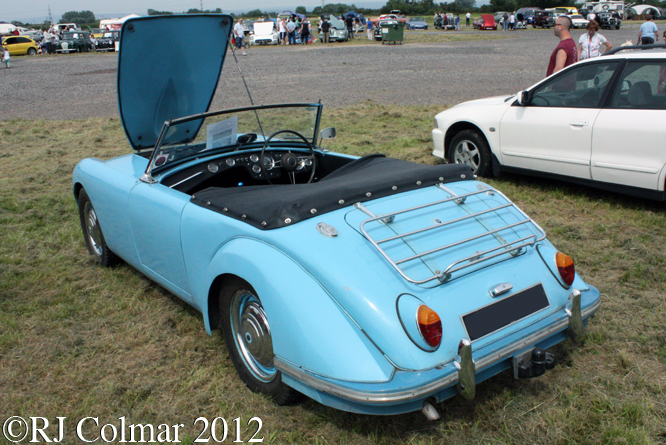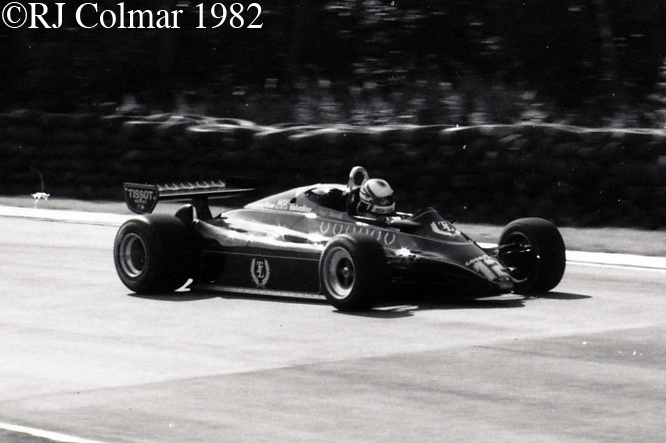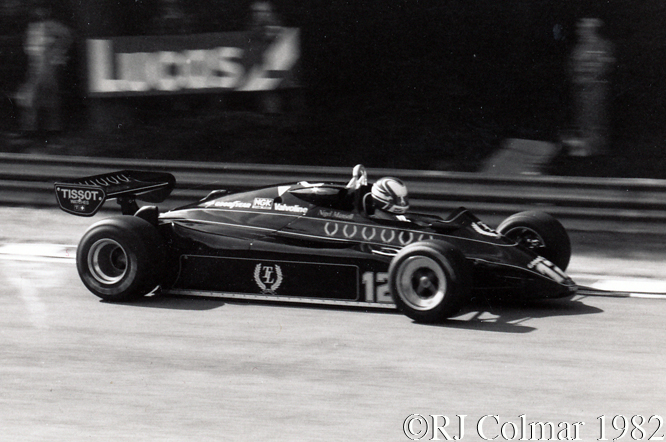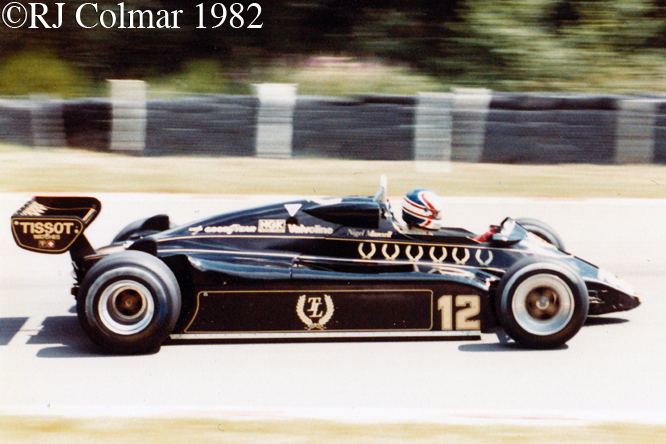As some of you may have noticed I some times identify vehicles incorrectly, another misidentification came to light while I was looking into the identification of today’s featured 1950 Buick Roadmaster Riviera. It turns out that the curved ‘observation car’ windscreens on Buick Roadmaster’s were first seen in 1949 and therefore the Jetback Sedanet Coupé I looked at last April must be a 1949 model and cannot be a flat screen 1948 model. I live and learn and hope that you will bear with me while I inevitably make a few mistakes. Please do not hesitate to chip in and correct these errors as and when you see them.
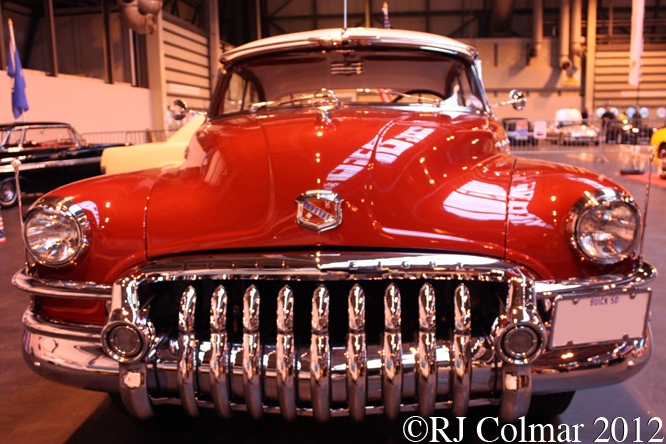
Back today’s 1950 Roadmaster Riviera which is immediately identifiable by the huge teeth in the grill unique to the 1950 model. When these cars were first seen in public one journalist is reported to have said “a toothbrush for the dentures comes extra.”
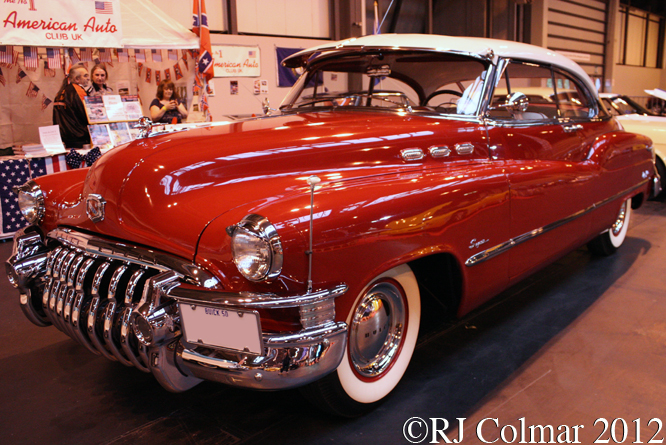
Like all Roadmaster series Buicks the mandatory motor remained the 5247cc / 320 cui “Fireball” straight eight, it would not be until 1953 that a Nailhead V8 would become available.
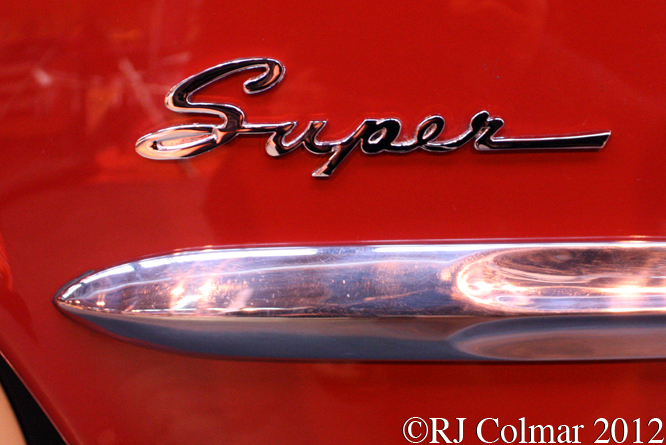
The pillarless Roadmaster Riviera coupé was one of 18 1950 Roadmaster variations which broke down into Jetback Sedanet, Tourback Sedan, Estate / Station Wagon, Convertible, Hardtop and Pillarless Coupé body styles.
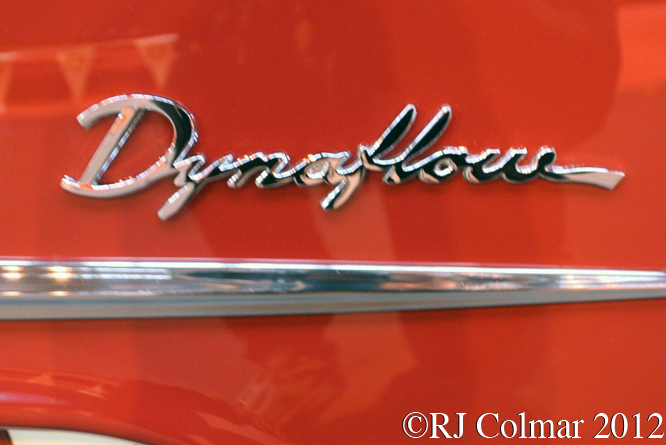
Just as the Fireball motor was standard so was the 2 speed Dynaflow transmission which was derived from a World War 2 tank transmission.
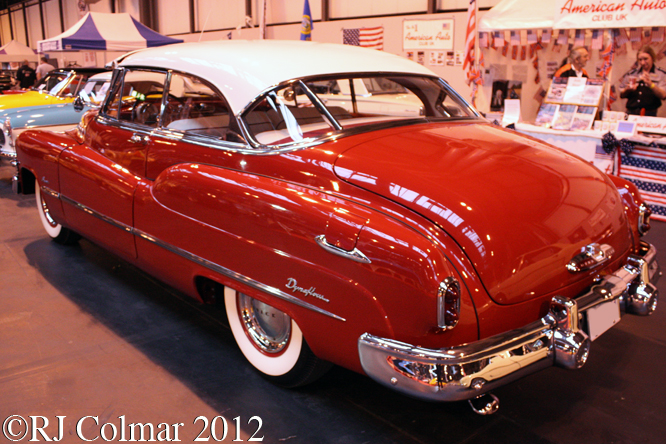
This Roadmaster Riviera was given the 76R model code with the body code Fisher Style 4737. Fisher was a bodywork operation that was gradually absorbed into General Motors between 1926 when GM bought 60% of the stock and 1984 when the Fisher Body entity was dissolved thanks to mergers with other GM operations.
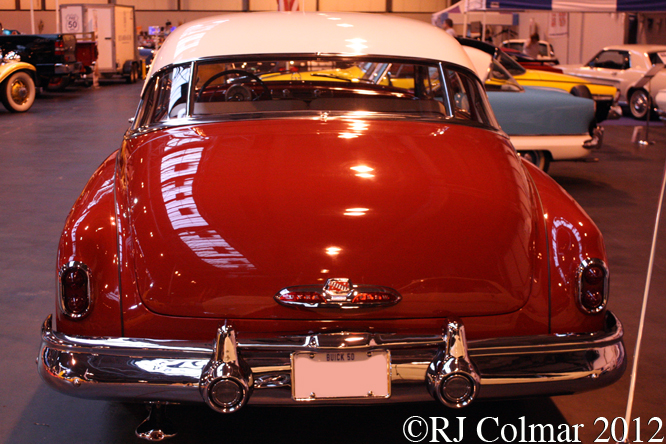
Thanks to the popularity of the Buick Special sales of all Roadmasters fell by over 13,000 to 75,034 in 1954 representing just 12% of Buicks 1950 output.
Thanks for joining me on this “Tooth Brush Not Included” edition of “Gettin a li’l psycho on tyres” I hope you will join me again for Ferrari Friday. Don’t forget to come back now.


